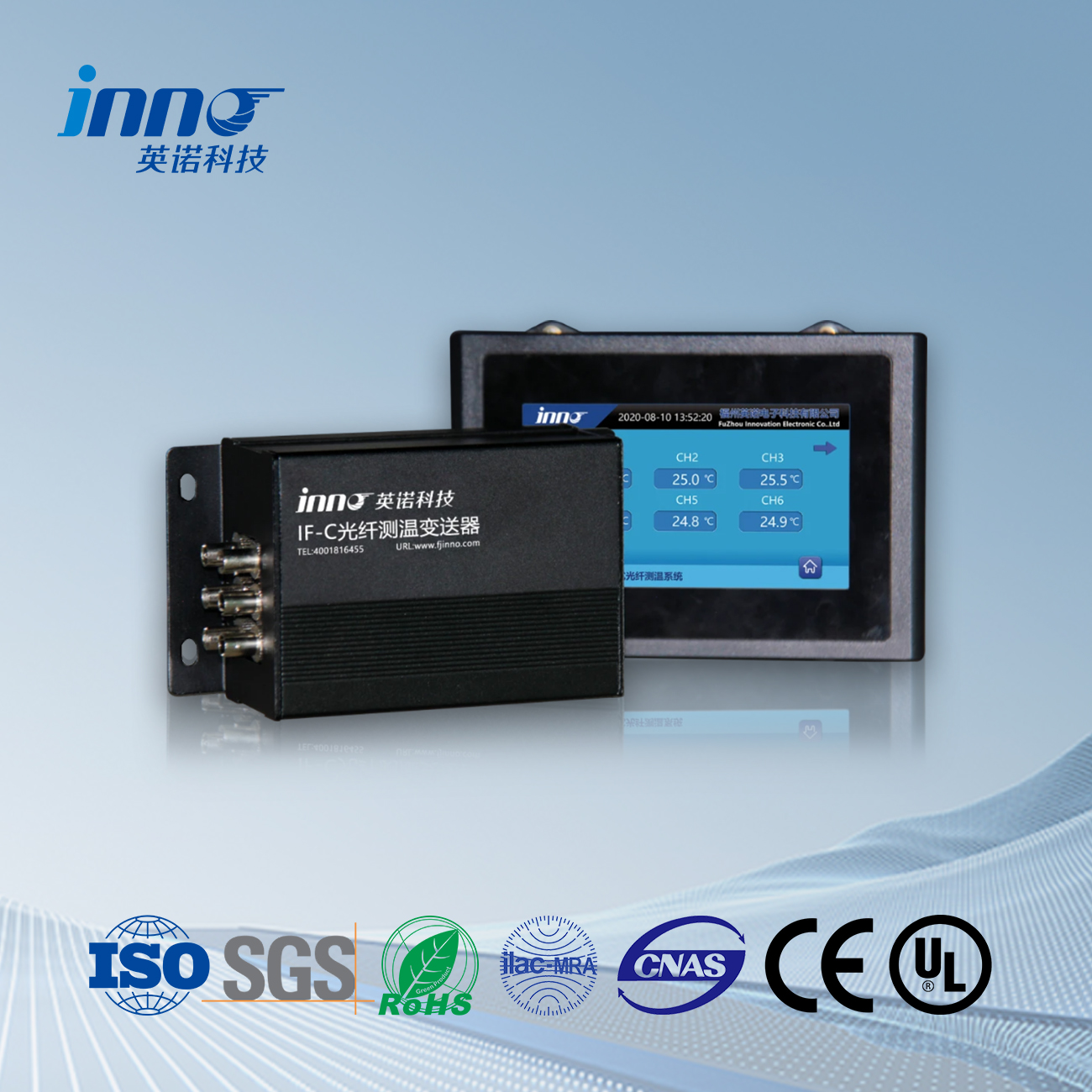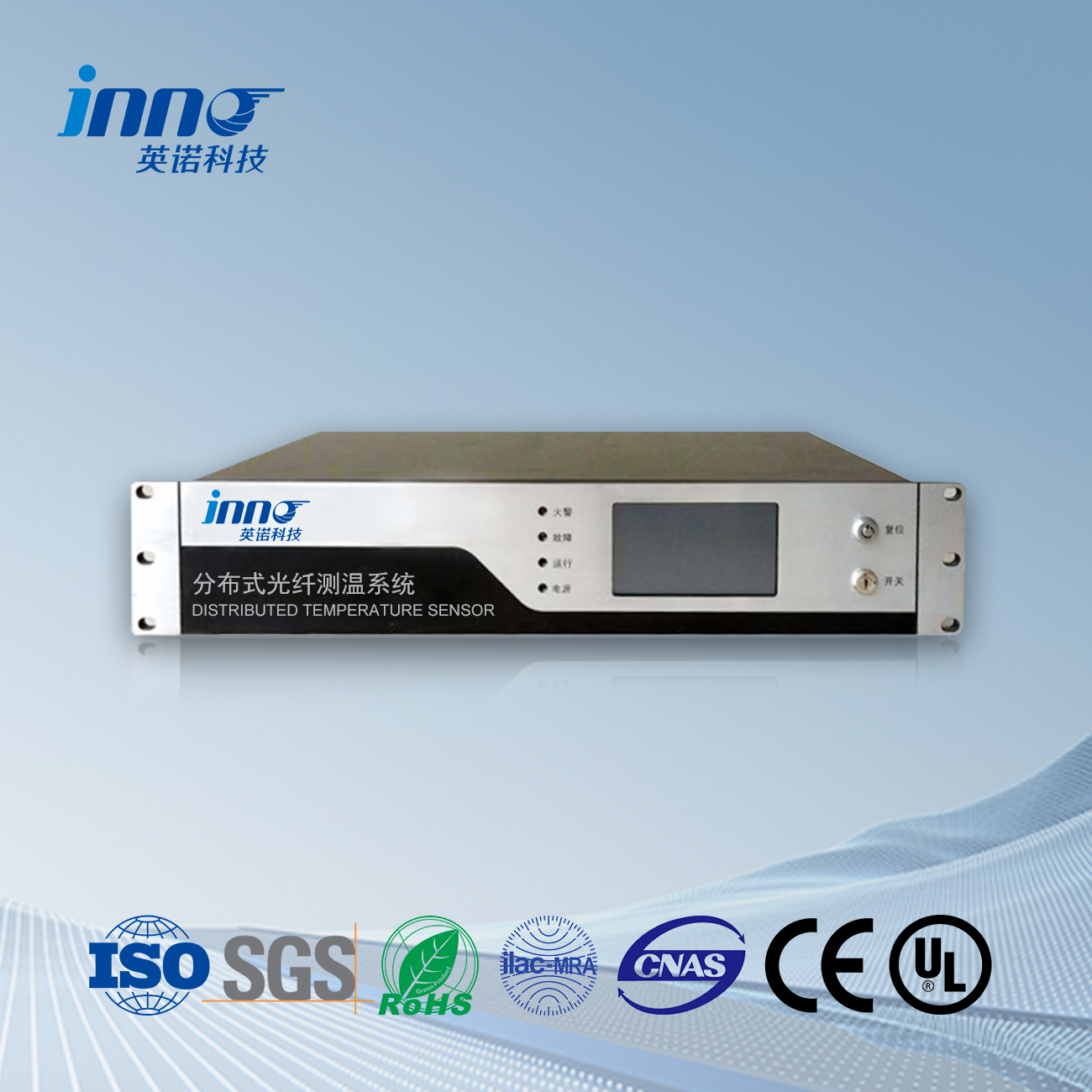Advanced Fluorescent Fiber Optic Solutions for Critical Asset Protection
Understanding the Critical Nature of Transformer Winding Hot Spots
Power transformers represent some of the most critical and expensive assets in electrical power systems. Their reliability directly impacts grid stability, and their replacement costs can reach millions of dollars. Within these essential assets, winding hot spot temperature stands as the single most important parameter influencing transformer health, aging rate, and operational reliability.
The traditional challenge in transformer temperature monitoring has been the inability to directly measure these critical hot spots. Conventional methods rely on indirect measurements and mathematical models with significant margins of error. The revolutionary application of fiber optic transformer monitoring, particularly using fluorescent technology, has transformed this landscape by enabling direct, accurate measurement of actual winding temperatures.
The Critical Importance of Hot Spot Temperature
The winding hot spot temperature has a profound impact on transformer health for several key reasons:
- Insulation Degradation: Every 6-8°C increase in operating temperature can halve the expected life of cellulose insulation
- Thermal Aging: Hot spots accelerate local degradation that can lead to dielectric failure
- Load Capacity: Accurate hot spot knowledge enables safe dynamic loading beyond nameplate ratings
- Fault Prevention: Early detection of abnormal temperature patterns can prevent catastrophic failures
- Asset Management: Precise temperature history allows accurate remaining life calculations
The Revolution of Fluorescent Fiber Optic Temperature Sensing
Fiber optic transformer monitoring using fluorescent technology represents a revolutionary advancement in the field of temperature measurement for high-voltage equipment. Unlike traditional sensors, these systems enable direct measurement of actual winding temperatures with exceptional accuracy and reliability.
How Fluorescent Fiber Optic Technology Works
The technology is based on the principle that certain fluorescent materials exhibit temperature-dependent optical properties. In FJINNO’s advanced implementation:
- A specialized optical fiber with a fluorescent phosphor tip is installed directly on or within transformer windings during manufacturing
- Short pulses of excitation light are sent through the fiber to the sensing tip
- The fluorescent material absorbs this light and re-emits it at a longer wavelength
- As temperature changes, the fluorescence decay time changes in a precise, predictable relationship
- By measuring this decay time, the exact temperature at the sensor tip is determined with ±0.5°C accuracy
Key Advantages of Fluorescent Technology
- Direct Measurement: Actual temperature at the physical hot spot location
- High Accuracy: Typical precision of ±0.5°C compared to 5-15°C with traditional methods
- EMI Immunity: Complete immunity to electromagnetic interference in high-voltage environments
- Galvanic Isolation: No electrical conductors, eliminating safety concerns in high voltage areas
- Long-term Stability: Minimal calibration requirements with exceptional drift resistance
- Multi-point Capability: Single instrument can monitor multiple points throughout the transformer
FJINNO’s Advanced Fluorescent Fiber Optic Solutions
FJINNO has established itself as a global leader in fiber optic transformer monitoring with its innovative fluorescent-based technology. The company’s comprehensive approach addresses the complete spectrum of temperature monitoring requirements for power transformers of all sizes and applications.
FJINNO Technology Advantages
FJINNO’s proprietary fluorescent fiber optic sensing technology delivers several unique advantages:
- Industry-Leading Accuracy: ±0.5°C measurement precision across the full operating range
- Extended Calibration Intervals: Typical 5-7 year periods between calibrations due to minimal drift
- Multi-Channel Capability: Up to 64 independent sensing points managed by a single monitoring unit
- High-Temperature Durability: Sensors rated for continuous operation at up to 200°C
- Chemical Resistance: Special coating technology for long-term stability in transformer oil environments
- Real-Time Measurement: Continuous monitoring with sub-second response to temperature changes
FJINNO FiberTemp™ Monitoring System
FJINNO’s flagship FiberTemp™ system represents the state-of-the-art in transformer winding hot spot temperature monitoring, offering a complete solution from sensors to analytics:
- Advanced Sensing Probes: Purpose-designed fluorescent fiber optic sensors with specialized tips optimized for transformer environments
- Precision Optical Interrogator: High-performance opto-electronic unit that generates excitation pulses and measures fluorescence decay with exceptional precision
- Multi-Channel Architecture: Scalable design supporting from 4 to 64 independent sensing channels
- Intelligent Analytics Platform: Advanced software with real-time processing and trend analysis
- Enterprise Integration: Comprehensive connectivity options including Modbus, IEC 61850, and DNP3
- Thermal Intelligence: Unique algorithms that correlate temperature data with load and ambient conditions
FJINNO Fiber Optic vs. Traditional Temperature Monitoring
| Performance Aspect | FJINNO Fluorescent Fiber Optic | Conventional WTI Systems | Thermal Models |
|---|---|---|---|
| Measurement Location | Direct measurement at actual winding hot spot | Thermal image in oil pocket | Calculated estimate |
| Measurement Accuracy | ±0.5°C | ±2-3°C | ±5-15°C |
| Response Time | <1 second | 3-5 minutes | 5-20 minutes |
| EMI Susceptibility | Complete immunity | Potential interference | N/A |
| Multi-point Capability | Up to 64 points per unit | Limited points (1-3 typical) | Single calculation |
| Calibration Interval | 5-7 years | 1-2 years | N/A |
Implementation and Benefits: Real-World Experience
The implementation of FJINNO’s fiber optic transformer monitoring systems has delivered significant measurable benefits across various utility and industrial applications.
Case Study: Major European Transmission Utility
Challenge: A 400kV, 500MVA transformer serving a critical grid interconnection point was limited to 85% of nameplate rating due to uncertainty in hot spot temperature calculations.
Solution: Eight FJINNO fluorescent fiber optic sensors were installed during a planned refurbishment, positioned at computer-modeled hot spot locations in both HV and LV windings.
Results:
- Actual measured hot spot temperatures were 12°C lower than model predictions under peak load
- Transformer safely operated at full nameplate rating even during summer conditions
- Unexpected temperature patterns identified a partially blocked cooling channel
- Estimated savings of €4.2 million through deferred investment in additional capacity
- Continuous operation for 4+ years with zero calibration requirements
“The FJINNO fiber optic monitoring system has completely transformed our approach to transformer management. The precision and reliability of the temperature data have given us confidence to optimize loading while actually improving safety margins. The investment paid for itself within the first summer peak period.”
— Chief Asset Manager, European Transmission Utility
Implementation Best Practices
For new transformers, early engagement in the design and manufacturing process is essential:
- Thermal Modeling: Work with the transformer manufacturer to identify the most critical hot spot locations
- Sensor Placement Strategy: Develop a comprehensive monitoring strategy with sensors at primary and secondary hot spots
- Manufacturing Integration: Coordinate sensor installation during the winding manufacturing process
- Lead Routing: Carefully plan optical fiber routing to minimize bend radius issues
- Factory Testing: Verify sensor functionality during factory acceptance testing
Future Trends in Fiber Optic Transformer Monitoring
The field of fiber optic transformer monitoring continues to evolve rapidly, with several emerging trends:
- Enhanced Resolution: Next-generation sensors with accuracy approaching ±0.1°C
- Distributed Sensing: Continuous temperature profiling along fibers rather than point measurements
- Hybrid Sensing: Combined temperature and vibration/acoustic sensing in single fibers
- AI-Powered Diagnostics: Machine learning algorithms for enhanced pattern recognition
- Digital Twin Integration: Real-time temperature data feeding comprehensive transformer digital models
FJINNO maintains its leadership position through continuous innovation, with several key developments in their technology roadmap:
- Enhanced Multi-Parameter Sensing: Integration of temperature, vibration, and strain measurement
- Advanced Analytics Platform: New AI-powered algorithms for predictive diagnostics
- Retrofit Solutions: Innovative approaches for installing sensors in existing transformers
- Miniaturized Sensors: Smaller, more resilient sensing probes
- Expanded Enterprise Integration: Enhanced connectivity with digital asset management platforms
Frequently Asked Questions (FAQ)
What is the typical accuracy of FJINNO’s fluorescent fiber optic sensing system?
FJINNO’s system delivers industry-leading accuracy of ±0.5°C across the full operating temperature range. This precision is significantly better than traditional monitoring methods which typically have errors of 5-15°C at the winding hot spot.
How many sensing points can a single FJINNO monitoring unit support?
The FJINNO FiberTemp™ system can support up to 64 independent fiber optic sensing points through a single monitoring unit. This enables comprehensive thermal mapping of even the largest power transformers with a single device.
What is the lifespan of FJINNO’s fiber optic sensors in transformer oil?
FJINNO’s sensors are designed and tested for a service life exceeding 25 years in transformer oil environments. Special coating technology provides resistance to oil degradation compounds and ensures long-term measurement stability.
How often do FJINNO’s fiber optic sensors require calibration?
One of the major advantages of FJINNO’s technology is the exceptional long-term stability. Typical calibration intervals are 5-7 years, compared to 1-2 years for conventional temperature sensors. This significantly reduces maintenance requirements and lifecycle costs.
Can FJINNO’s system be integrated with existing transformer monitoring platforms?
Yes, FJINNO’s systems are designed with comprehensive integration capabilities. They support all major industrial protocols including Modbus, IEC 61850, and DNP3, allowing seamless integration with SCADA systems, asset management platforms, and other monitoring systems.
How does fiber optic monitoring improve transformer loading capability?
By providing accurate, real-time measurement of actual winding hot spot temperatures (rather than conservative estimates), FJINNO’s system enables confident operation closer to thermal limits. This typically allows 10-15% additional loading capacity compared to operation based on traditional monitoring methods.
What ROI can be expected from implementing FJINNO’s fiber optic monitoring?
Based on customer experience, typical ROI periods range from 1-3 years. The primary value drivers include deferred capital investment through increased capacity utilization, extended transformer life through optimal thermal management, and avoided outages through early detection of developing issues.
Transform Your Transformer Monitoring Strategy with FJINNO
Contact FJINNO today to explore how our advanced fluorescent fiber optic sensing technology can enhance your transformer reliability, extend asset life, and optimize operational performance.
Fiber optic temperature sensor, Intelligent monitoring system, Distributed fiber optic manufacturer in China
 |
 |
 |
 INNO fibre optic temperature sensors ,temperature monitoring systems.
INNO fibre optic temperature sensors ,temperature monitoring systems.
